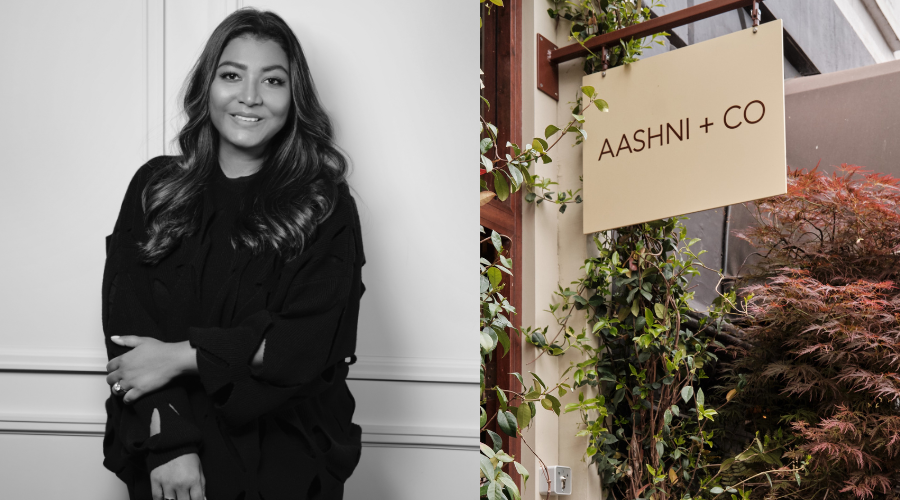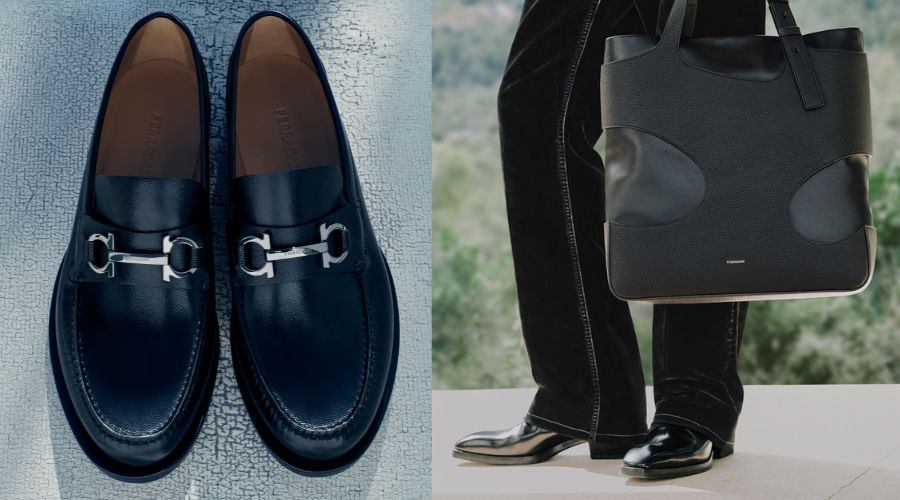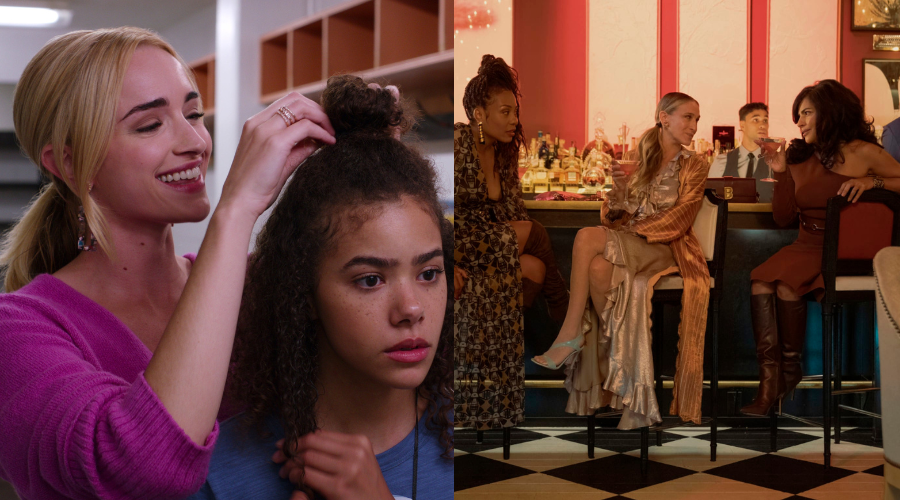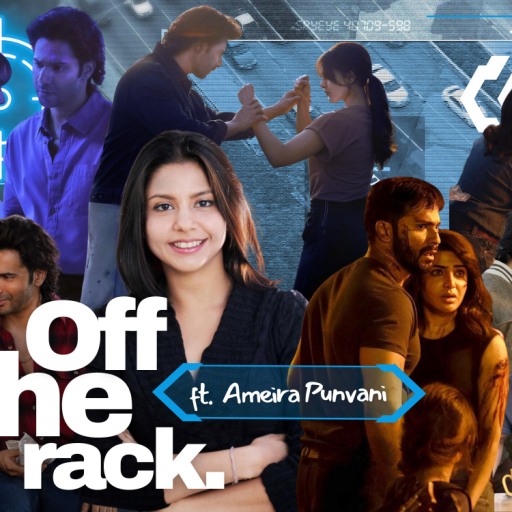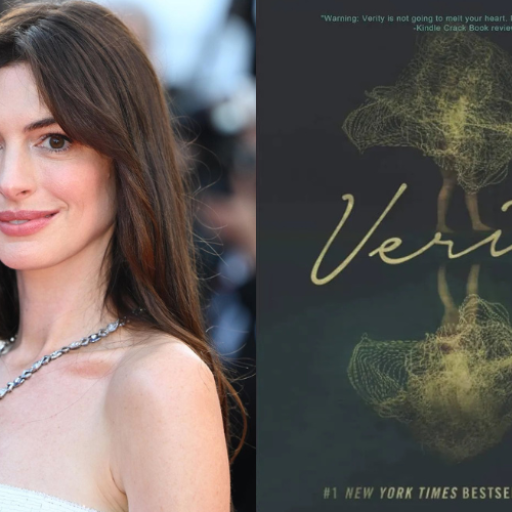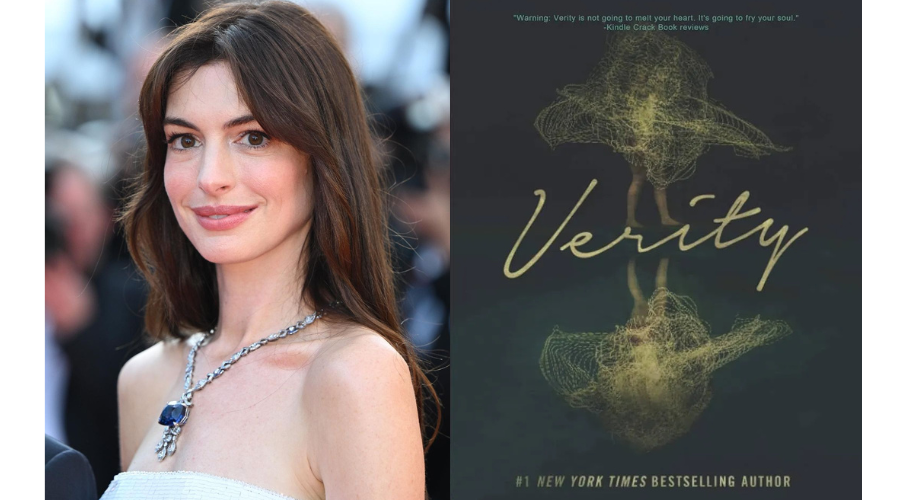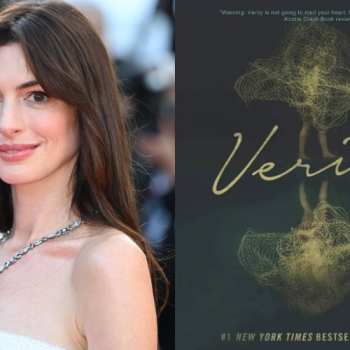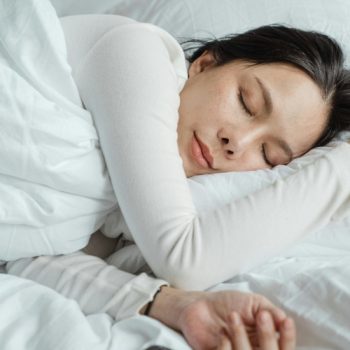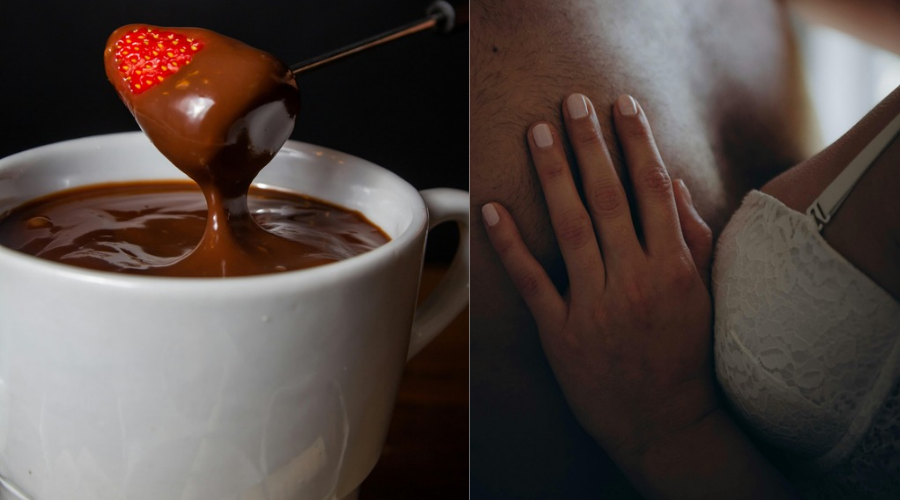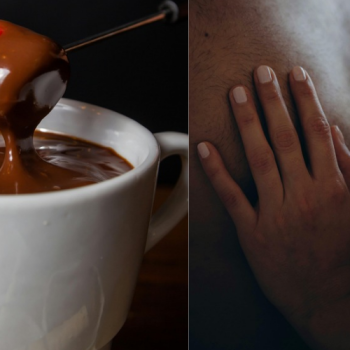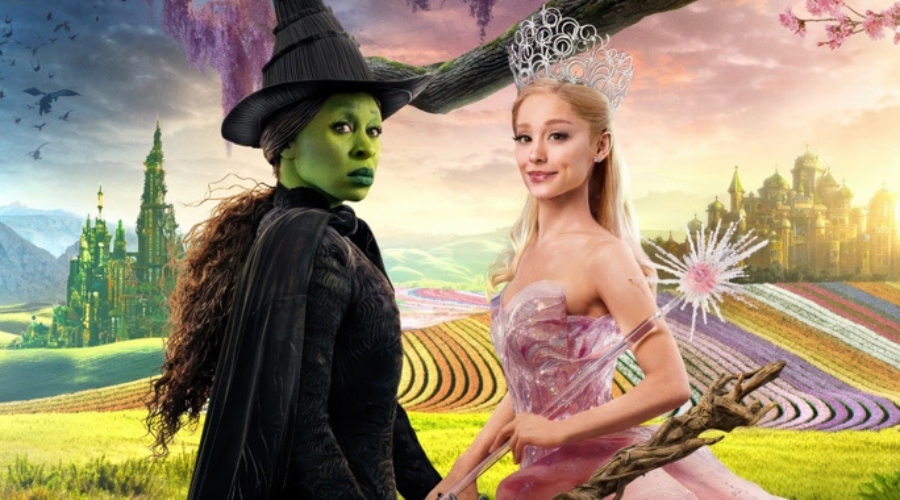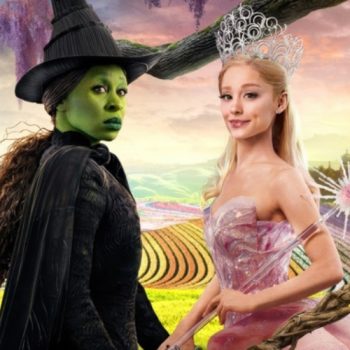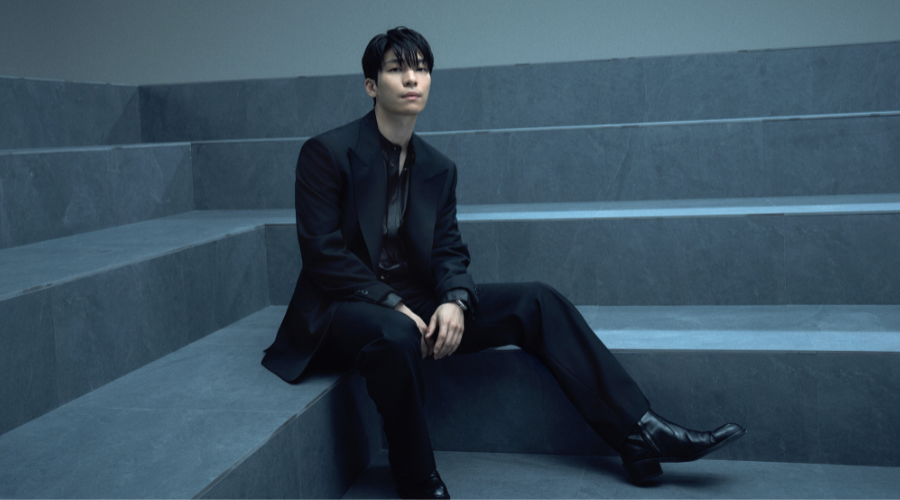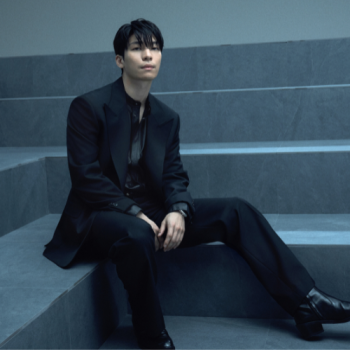Before Never Have I Ever came to our OTT screens, Indians on most shows were a mere stereotype. Growing up, we didn’t see girls or women who looked like us. On screen, there wasn’t a character who faced had parents who frowned upon dating or placed the heavy, insane expectation to do well in school on the delicate shoulders of kids. At best, we saw a convenience store owner behind a counter, reduced to a caricature with a thick accent. With OTT’s global appeal and shows that transcend boundaries, racial stereotypes are being undone and the appeal is universal. Here are 5 shows that brought healthy racial representation to the screen. Go on, broaden your horizons.
1. Never Have I Ever
We got to meet the Vishwakumars, just your regular typical Indian family. Mindy Kaling and Lang Fisher represented Indian culture in minute details in this series. What’s interesting about Never Have I Ever is that it offers a peek into the lives of an NRI Indian family – the struggles, the wins and everything in between. It’s witty and sarcastic, showcasing the inner workings of an Indian family. The show is clever and funny in its critic and yet, deeply aware of the societal nuances. What makes this show endearing is that we got so see an Indian family that we related with, the one that straddles two different worlds and how they manage it.
2. And just like that
The reboot of Sex and the city comes back with a different angle where the girls Carrie, Miranda, and Charlotte go from the challenging realities of life and friendship in their 30s to tackling the complex realities of life and friendship in their 50s. Bidding goodbye to some of the old characters, the next chapter introduces Dr. Nya Wallace, a Human rights professor, racially a departure from the all white cast. For Michael Patrick King, it wasn’t just ticking off the ‘breaking racial discrimination’ but also to throw light on how the new character slides easily into the rhythm of the the lifestyles of these 4 women.
3. Queen Charlotte
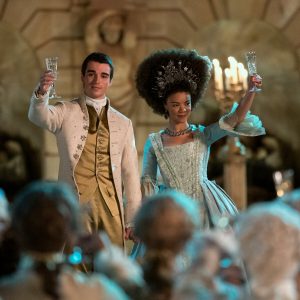
The Bridgerton prequel undoes various racial tropes with a cast that’s as varied as it gets. While the Bridgerton cast was pretty diverse, most shows around royal families have leads in fifty shades of white. Queen Charlotte’s lead is a strong, outspoken woman who has no qualms with calling a spade a spade. But perhaps that’s the beauty of this show, Charlotte is her own person who isn’t used to virtue signal the show’s great casting. She’s a fierce character who looks beyond all the divisions of class and colour. There has been much appreciation of the representation particularly of Black women in such powerful and leading roles in a period drama.
4. Ginny And Georgia
Topping the charts on Netflix is the darker and updated version of Gilmore Girls with a twist of biracial identities. A 15-year-old Ginny Miller, played by Antonia Gentry, grows up in Wellsbury which is filled with people who mock her for her biracial identity and how confused she must be with her culture. The “tragic mulatto” tale, which is frequently used in Black literature to characterise a mixed-race woman who is messed up and doesn’t know where she fits, is one example of how the plot reinforced prejudices that multiracial people frequently experience. While many people who are mixed-race experience this, the message here is very clear – that lived experience counts and that the ‘outsider’ tag can be undone.
5. Heartbreak High
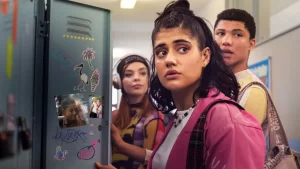
Set in Hartley High, the Australian show written by Hannah Carroll Chapman is a revamped version of the popular shows Sex Education and Euphoria. The reboot of Heartbreak High also examines social themes like racial prejudice by police in a serious manner. Malakai Blak gets assaulted by police officers, and experiences traumatic changes in his relationship and friendships at school.


